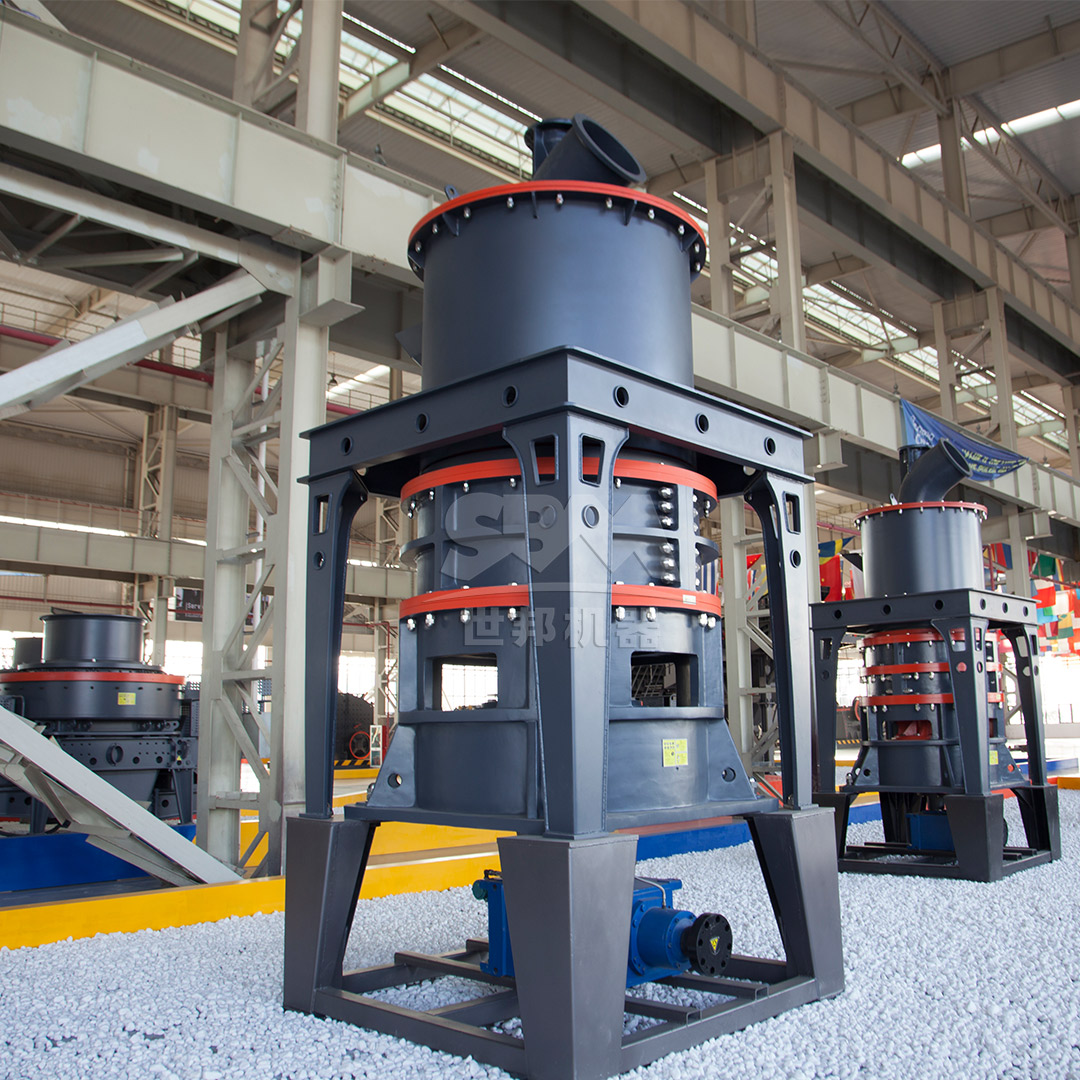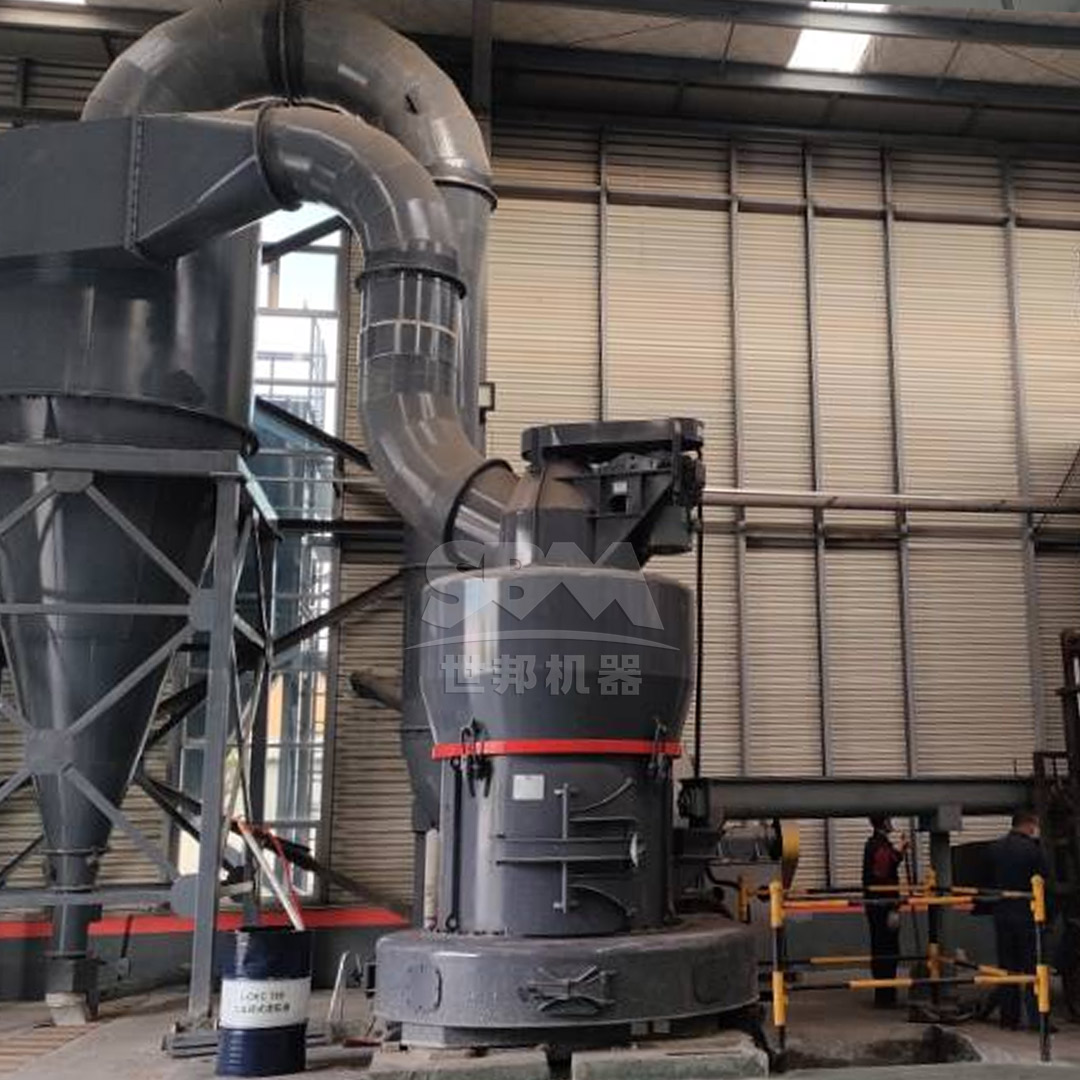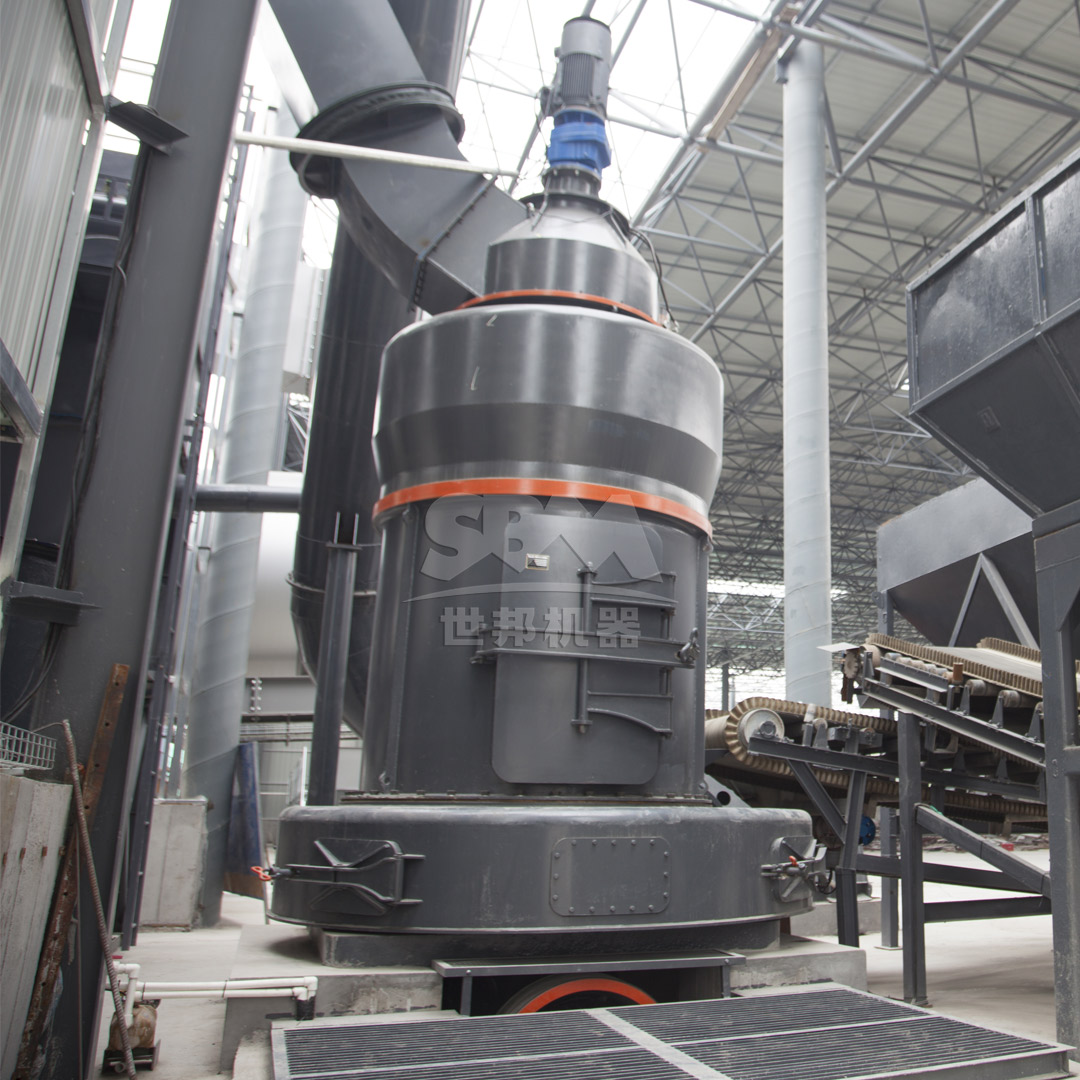The relentless pursuit of higher efficiency and lower costs in solar cell manufacturing has placed unprecedented demands on the quality of raw materials. At the heart of high-performance photovoltaic (PV) cells lies high-purity quartz powder, a critical component for silicon wafers and crucibles. The production of this powder is not merely a mechanical process of size reduction; it is a precision operation that directly impacts the electrical properties and overall efficiency of the final solar panel. This article delves into the stringent requirements for solar-grade quartz powder and identifies the optimal grinding mill technology to achieve the necessary specifications for next-generation solar cell production.
Quartz, or silicon dioxide (SiO₂), is the primary source material for producing polysilicon, which is then drawn into monocrystalline or multicrystalline ingots and sliced into wafers. The quality of the initial quartz powder is paramount. For solar applications, this powder must meet exceptionally high standards:
Any compromise in these areas can lead to lower yields, higher production costs, and ultimately, less efficient solar panels. Therefore, selecting the right grinding technology is not an operational detail but a strategic decision.
Transforming raw quartz ore into a high-purity, ultra-fine powder presents several significant technical hurdles:
Overcoming these challenges requires a mill designed not just for size reduction, but for precision, purity, and reliability.
Several milling technologies are available, but not all are suited for high-purity quartz applications. Here’s a brief analysis:
| Mill Type | Typical Output (D97) | Contamination Risk | Energy Efficiency | Suitability for Solar Quartz |
|---|---|---|---|---|
| Ball Mill | 74 – 800 μm | Very High (Media Wear) | Low | Poor – Too coarse, high contamination. |
| Raymond Mill (MTM) | 45 – 175 μm | Medium | Medium | Fair – Can be used for pre-grinding but lacks fine control. |
| Vertical Roller Mill (LM) | 45 – 600 μm | Low (with ceramic wear parts) | High | Good – Excellent for high-capacity pre-grinding stages. |
| Ultrafine Mill (SCM) | 5 – 45 μm | Very Low | Very High | Excellent – Ideal for final precision grinding. |
| Jet Mill | 1 – 30 μm | Extremely Low (No Media) | Low | Good for purity, but low capacity and high energy cost. |
As the comparison shows, while jet mills offer excellent purity, their low throughput and high operational cost make them less ideal for large-scale solar material production. Vertical Roller Mills are superb for intermediate grinding. However, for the final stage of producing the consistent, ultra-fine powder required for optimal chemical processing, Ultrafine Mill (SCM) technology emerges as the superior balance of precision, purity, capacity, and efficiency.

Based on the rigorous demands of solar quartz processing, we highly recommend our SCM Series Ultrafine Mill. This mill is engineered from the ground up to address the specific challenges of producing ultra-fine, high-purity powders like those required by the photovoltaic and electronics industries.
Why the SCM Ultrafine Mill is the Ideal Choice:

The SCM series offers a range of models to suit different production needs, from pilot plants to full-scale industrial lines. Below is a selection of key models for quartz powder production:
| Model | Max. Feed Size (mm) | Finished Fineness (μm/mesh) | Capacity (t/h) | Main Motor Power (kW) |
|---|---|---|---|---|
| SCM800 | ≤20 | D97 ≤ 5μm (2500 mesh) | 0.5 – 4.5 | 75 |
| SCM1000 | ≤20 | D97 ≤ 5μm (2500 mesh) | 1.0 – 8.5 | 132 |
| SCM1250 | ≤20 | D97 ≤ 5μm (2500 mesh) | 2.5 – 14 | 185 |
| SCM1680 | ≤20 | D97 ≤ 5μm (2500 mesh) | 5.0 – 25 | 315 |
For most large-scale solar quartz production facilities, the SCM1250 model presents an excellent balance of capacity and power, capable of delivering up to 14 tons per hour of high-purity powder. For the highest volume requirements, the SCM1680 model offers industry-leading throughput.
For optimal efficiency in a complete quartz processing plant, a two-stage grinding system is often employed. The primary stage reduces larger crushed quartz (≤50mm) to a finer intermediate product. For this crucial pre-grinding stage, we recommend our MTW Series Trapezium Mill.
The MTW Mill is designed for high-capacity, efficient intermediate grinding. Its advantages include:
Using an MTW Mill for pre-grinding and an SCM Mill for final polishing creates a seamless, highly efficient, and cost-effective production line tailored for solar-grade quartz powder.

The transition to renewable energy is fundamentally dependent on the quality and cost-effectiveness of its core components. The production of high-purity quartz powder is a critical link in the solar value chain. By investing in advanced, purpose-built grinding technology like the SCM Ultrafine Mill, manufacturers can ensure they produce a superior product that enables higher solar cell efficiencies, reduces polysilicon production costs, and strengthens the foundation of the global solar industry.
Choosing a mill that delivers precision, purity, and high yield is not just an equipment purchase; it is a commitment to quality and a step towards a more sustainable and profitable future in solar energy manufacturing.